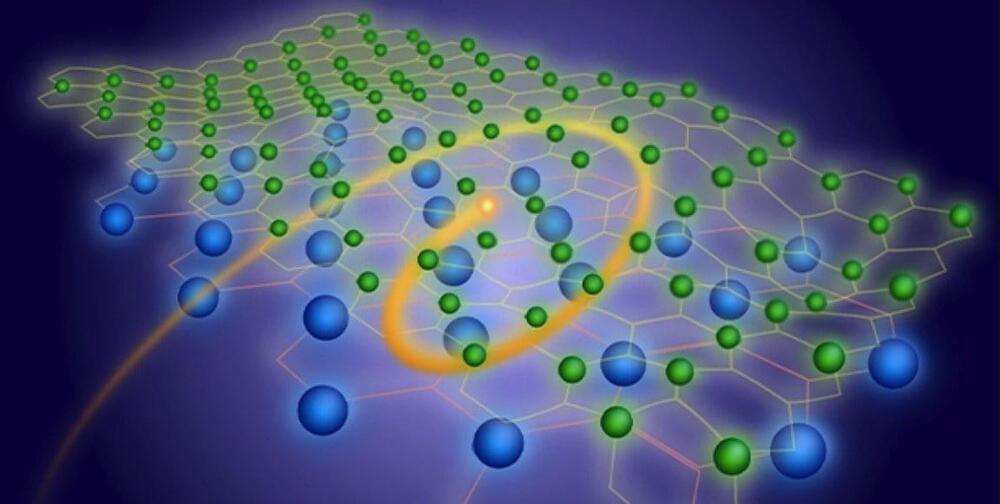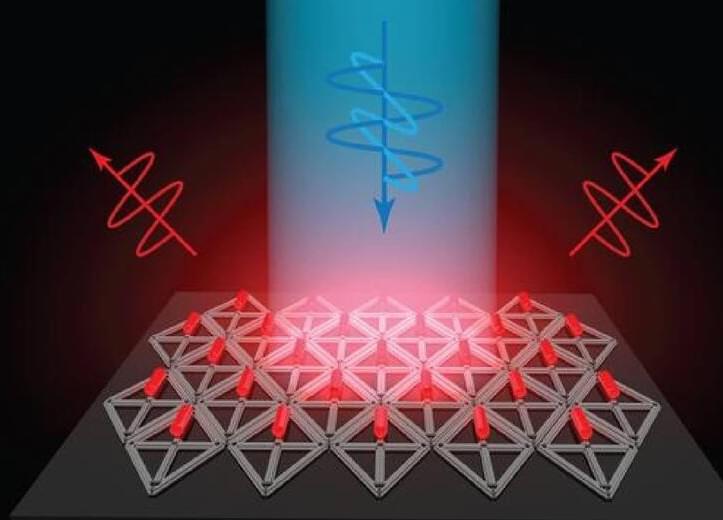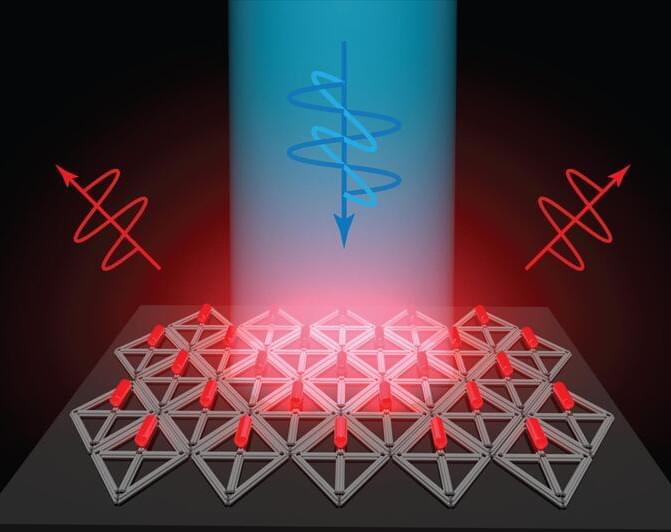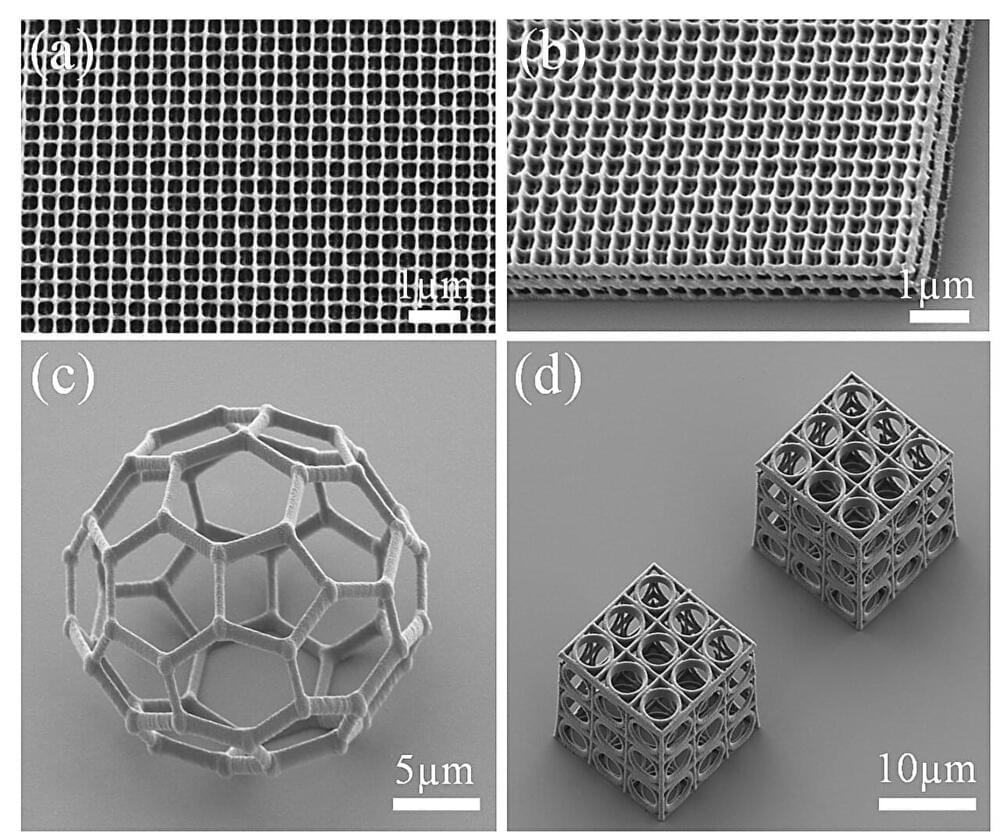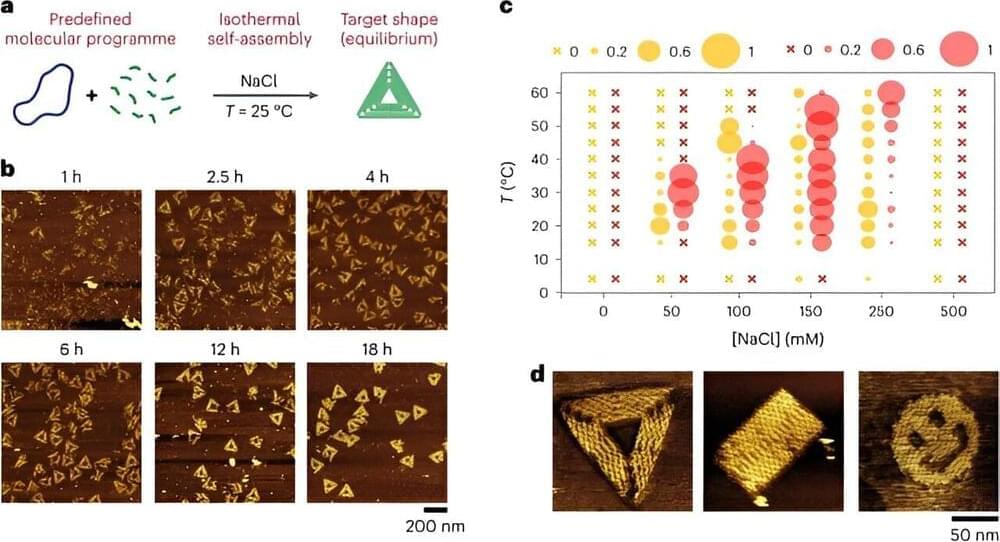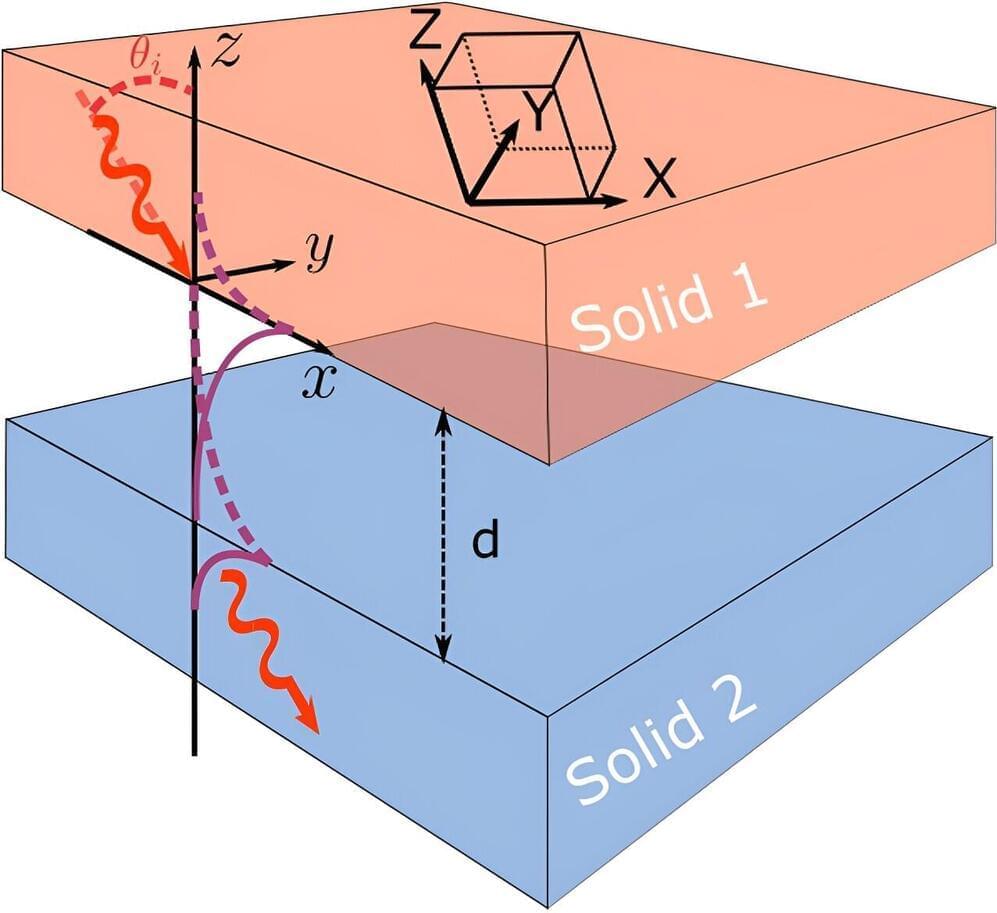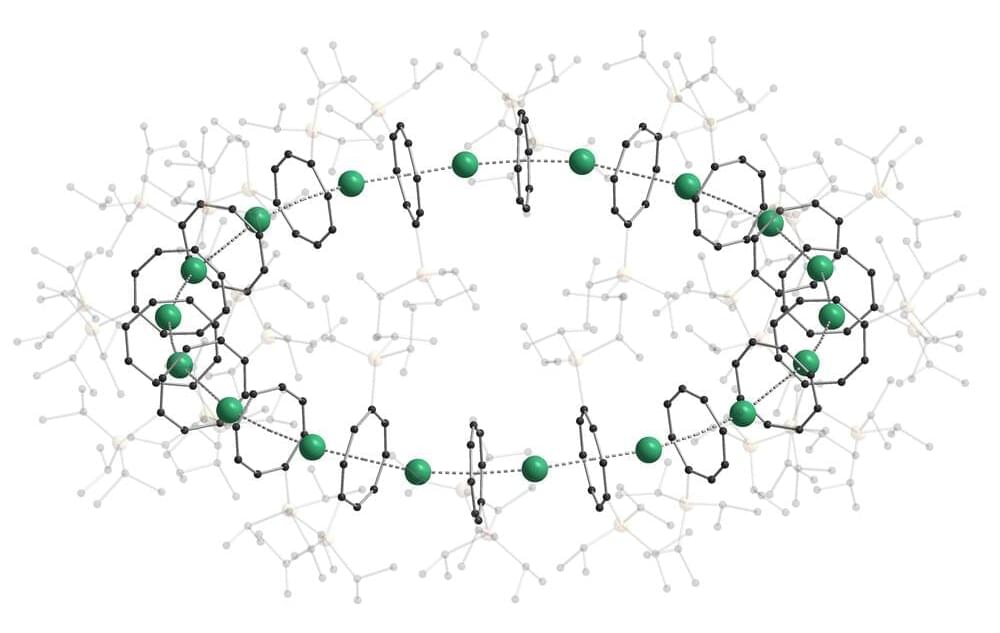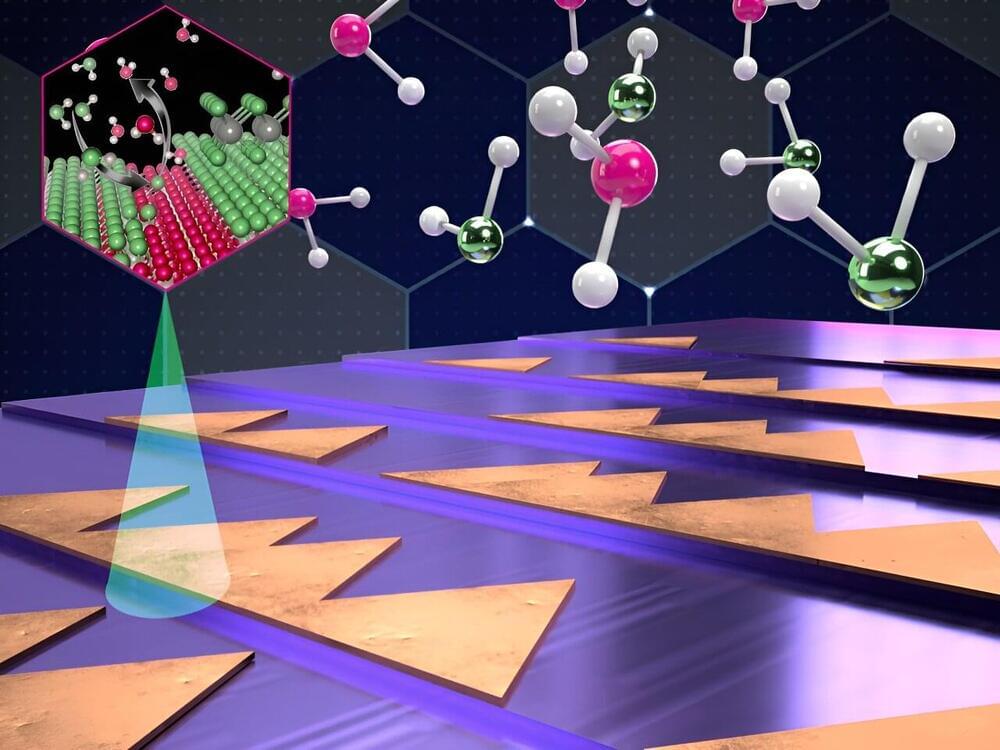The Defense Advanced Research Projects Agency (DARPA) has announced a new program it says will develop synthetic metamaterials that could lead to breakthroughs in quantum computing and information science.
Called the Synthetic Quantum Nanostructures program, or SynQuaNon, the new DARPA initiative “aims to address this challenge with a fundamental science effort that seeks to develop synthetic metamaterials to enable enhanced functionalities and novel capabilities,” read a statement issued by the agency this week.
The program aims to produce a range of new quantum materials that will have a variety of uses in quantum computing and other information science applications.
